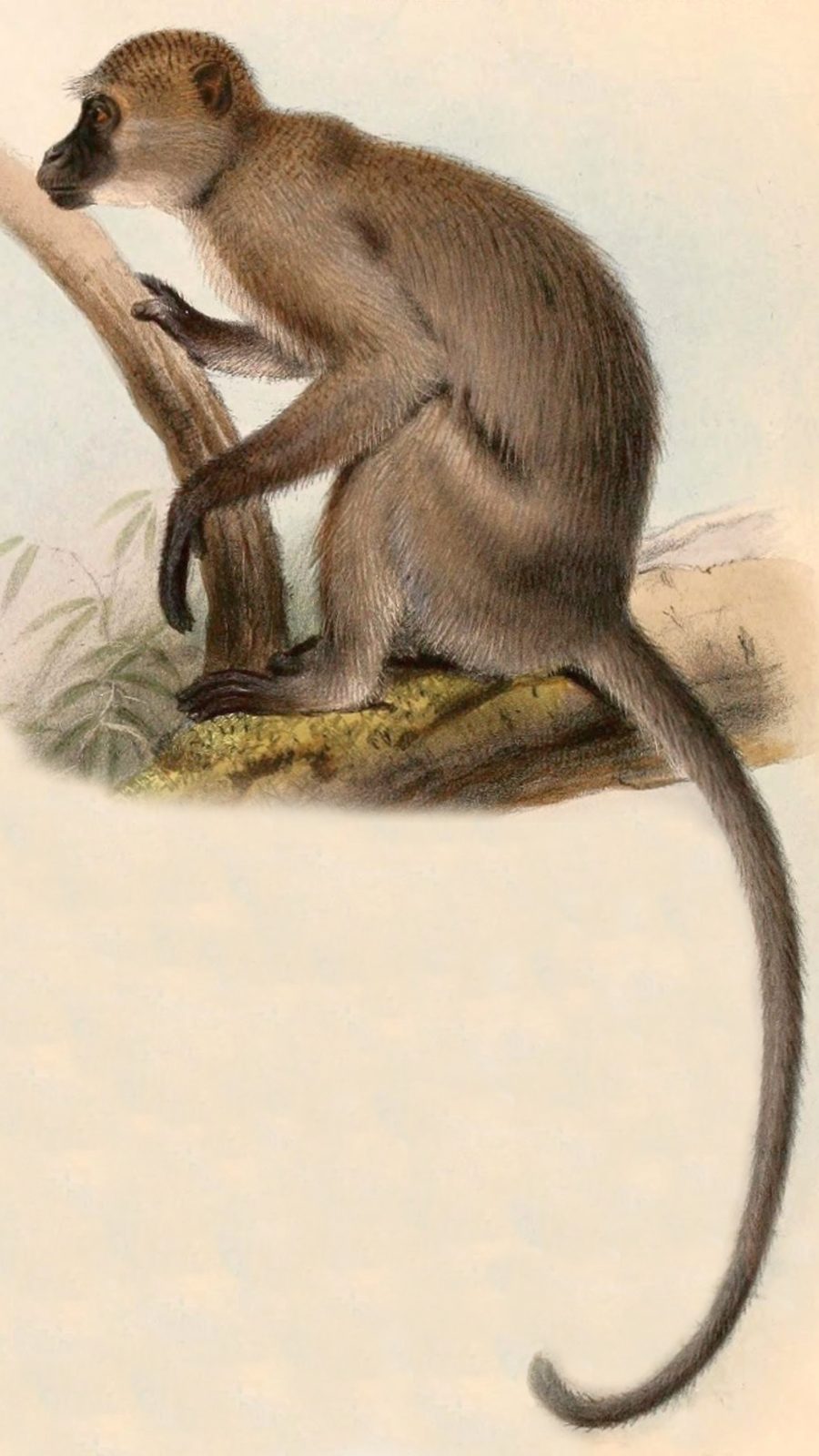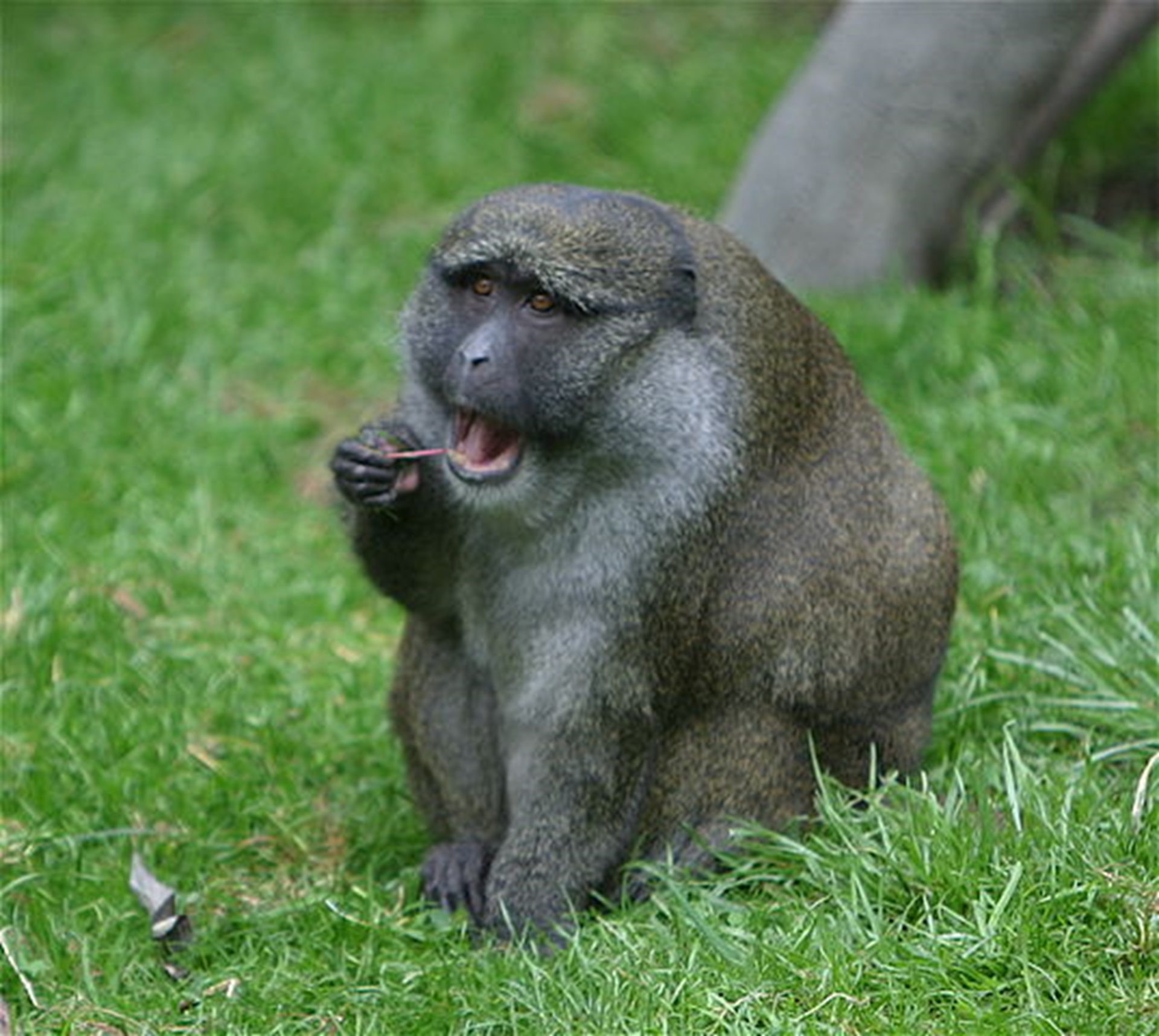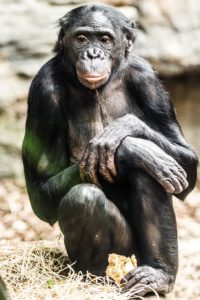
Agile Mangabey
The agile mangabey is an Old World monkey of the white-eyelid mangabey group found in swampy forests of Central Africa in Equatorial Guinea, Cameroon, Gabon, Central African Republic, Republic of Congo, and DR Congo.
Until 1978, it was considered a subspecies of the Tana River mangabey. More recently, the golden-bellied mangabey has been considered a separate species instead of a subspecies of the agile mangabey.
Similar to other mangabeys, they are active during the day. Although generally tree-living, they do spend a significant portion of their time (12–22%) on the ground, especially during the dry season. It is often heard first, and males have a loud, species-specific call that is believed to be used to space themselves out – in a similar way that wolves operate with howls. Other calls are also used to maintain group cohesion and warn of predators. Group size can be as high as 18 members, led by a single dominant male. Group meetings can be friendly and may involve exchange of members.
Adult males not in groups often travel singly.
Fruit makes up a major portion of the agile mangabey diet. They are known to eat at least 42 different species of fruit. Their tooth structure and powerful jaws allows them to open tough pods and fruits that many other monkeys can not access. Agile mangabeys eat from a number of dominant swamp-forest trees, including Irvingia, Sugar plums when they are fruiting. They also eat fresh leaf shoots from Raffia palm when fruits are scarce. Grass and mushrooms, Invertebrates, bird’s eggs and some vertebrate prey, such as rodents.
As we find links, to help you book to see this species, the links will be added at the bottom of the page.



